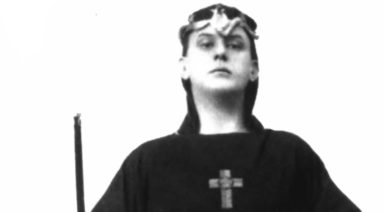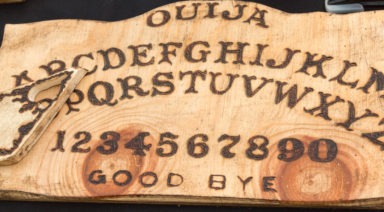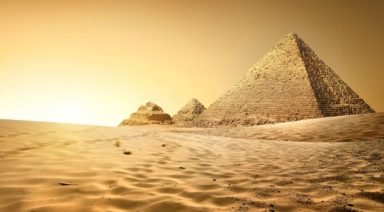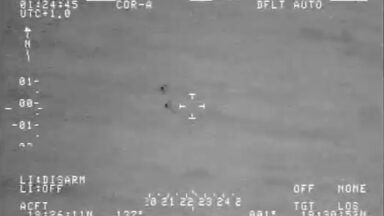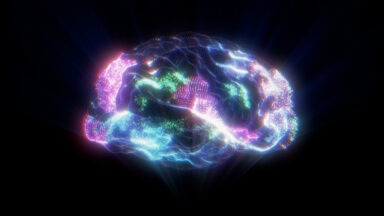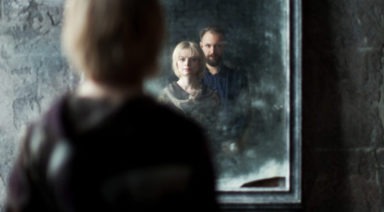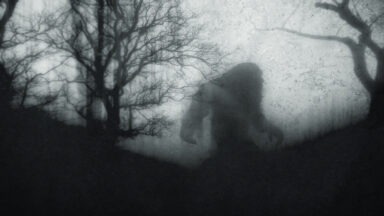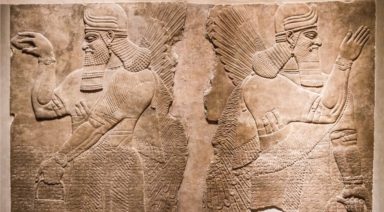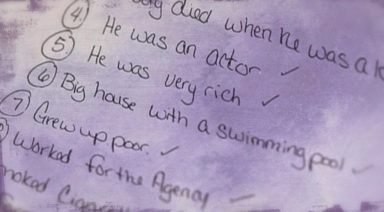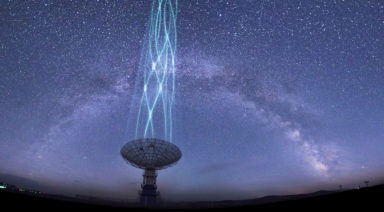What is Gematria and Can It Unlock a Hidden Code to the Universe?
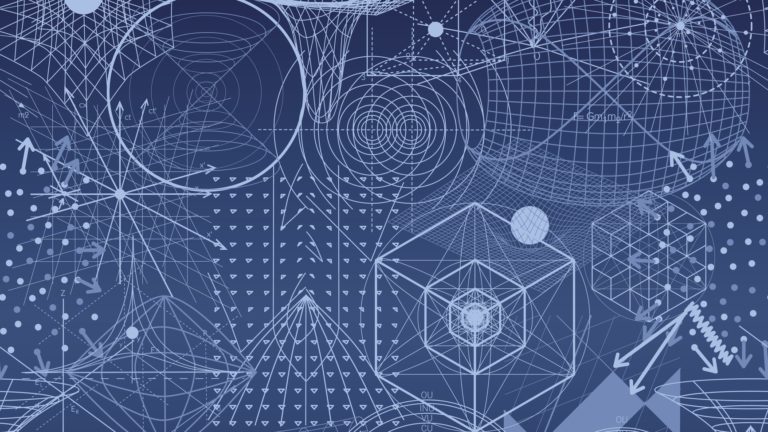
If you speak to someone who studies numerology they will tell you that there is an uncanny relationship between numbers and words. They’ll tell you that letters and words all have a numerical value and weight that is implicit of deeper meaning, connecting other words of similar weight. In fact, this concept has been given merit and studied in relation to biblical texts for hundreds of years. Kabbalist Jewish scholars call this study gematria and believe that there is a hidden code in the Torah that contains clues to current and future events.
The concept of gematria numerology stems from the idea that mathematics is the universal language of nature and within it may be the keys to explaining our universe or evidence of supernatural power. Marty Leeds has taken this concept of the Kabbalistic gematria and applied it to the English language, believing that he has found a cipher in our alphabet to prove this theory.
What is Gematria?
In Hebrew, every letter is given a numerical value and those values can be added up to achieve the numerical value of a word. While some might think that this is a system of drawing arbitrary connections, practitioners of gematria believe there to be an intentional context to the sounds of the vowels and consonants that we use in language with an interconnected mathematical meaning.
An example of the influence of gematria in Judaism can be found in the tzitzit, the shawl worn during a Jewish ceremony. Combining the numerical value of the knot, and the number of strands of knots, with the value of the word tzitzit, results in the number 613, which is the same as the number of commandments in the Torah. Or some look at the number of windings of the thread between each knot, of 7-8-11-13, broken down into their corresponding Hebrew letters and find the spelling of God’s name.

Hebrew scholars are not the only ones who have given consideration to the concept of gematria, as it is also common to other religions and cultures. Plato made reference to Greek gematria, and the Abjad numerals are the Arabic equivalent. Many of us even have similar beliefs when it comes to superstitions that are seated in religion, whether we know it or not. 666 is a number we associate with words like devil or beast. Some have found the gematria of 666 to be a reference to Nero Caesar.
Leeds says that it makes sense that a language could be distilled down into basic numbers since we already do this with binary code. The intricacies of everything that is digital can be broken down into 1s and 0s. And science often relies on the simplicity of Occam’s Razor, a.k.a. the law of parsimony, where the hypothesis with the fewest assumptions is preferred or at least the best place to start.
What is Gematria’s Meaning?
The main focus of the Kabbalistic use of gematria is on the name of God. The tetragrammaton, or the Hebrew name of God in four letters, YHWH, was the original focus of gematria. Leeds has applied his cipher of the English alphabet to the tetragrammaton and believes there is something there.
He breaks down the 26 letters of the English alphabet into two parts, as a representation of duality in our world. He uses the number 7, representing the seven days of creation, to assign numbers to each letter of the alphabet. He then points to the summation of the non-prime numbers, denoted by the Jewish menorah, equaling 22. When 22 is divided by 7 the result is 3.142, or pi. This is where he says to have found the name of God, in pi, an archetypical number of creation that is central to mathematics, extending infinitely in its calculation.

When the numerical value of the Hebrew letters of the tetragrammaton is added up, they come out to 26, the number of letters in our alphabet. The characters themselves, according to Leeds, look like they symbolize pi begotten by 7 and pi begotten by 7 – or the same way that he has used gematria to break up the English alphabet to create his cipher. In Leed’s cipher, the numerical value of the words Lord and God both add up to 13, which combined equals 26.
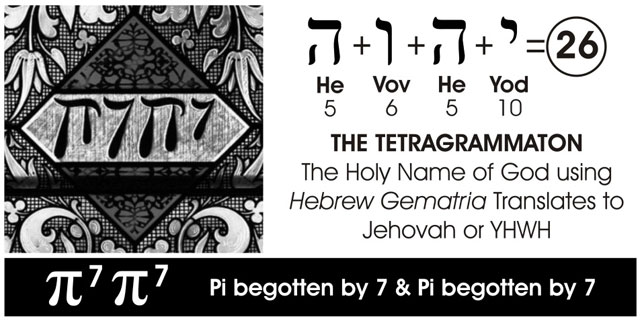
Leeds says there is innate evidence like this in many aspects of our world, like with the number three. Three can be found in descriptions of the divine throughout a number of religions. This can be seen in the Christian holy trinity of the Father, Son, and the Holy Ghost or the Hindu Holy Trinity of Shiva, Vishnu, and Brahama. The primordial sound AUM is often spelled with three letters and has a 3 in its character. Time is represented by the past, present, and future and, of course, pi is represented by 3.1415. The 3 degrees and 33 degrees are also very symbolic in Freemasonry.
The evidence of gematria in freemasonry is thought to be seen in the strange way masons letter their passwords. This evidence of a kabbalistic influence dates back as far as the early 1700s. Some have pointed out that the word God is thought to be an acronym rooted in Freemasonry and Hebrew. And Leeds points to the G in the symbol of the Freemason’s square and compasses as having a connection to the number 7 in his cipher. But are these alphanumerical connections evidence of a secret code that is undeniable proof of a creator, or merely coincidental and cherry-picked? What more can we glean from this code if it is significant? Does your name in gematria tell you anything?
Aleister Crowley: The Wickedest Writer in the World
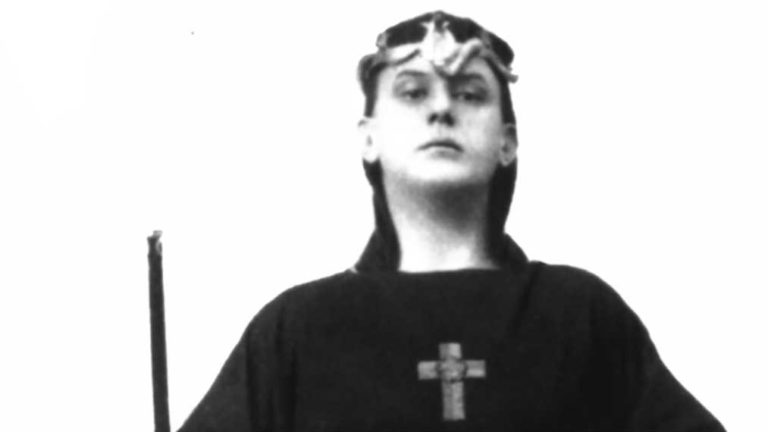
Known as “the wickedest man in the world,” English occultist and author Aleister Crowley actively embraced and contributed to his own notoriety. He delighted in shaking up social status quos, and used his infamy to draw a veil over, and at the same time draw attention to his esoteric work.
Crowley (b. 1875) died in 1947, leaving 61 books, some published during his lifetime — others published posthumously in the 1970s, 80s and 90s. Crowley’s books enjoyed a revival, and Crowley himself achieved cult status during the expanding consciousness revolution beginning in the late 1960s.
Crowley was a prolific writer, and during his life wrote about the Qaballa, yoga, and the “Goetia,” attributed to the biblical King Solomon. He also penned commentaries on Thoth, “the Tarot of the Egyptians,” and the esoteric use of drugs to name but a few.
Crowley the Drug Fiend
The 1922 novel, “Diary of a Drug Fiend” was, according to Crowley, “A true story, rewritten to conceal personalities.” In his quest to understand the influence of different types of drugs on the mind, Crowley was captured by heroin, documenting that struggle in “Diary of a Drug Fiend.” He also experimented with and wrote about psychoactive substances, including absinthe (The Green Goddess, 1917), hashish (The Psychology of Hashish, 1909), and cocaine (Cocaine, 1917). Crowley also published “A Pharmaceutical Study of Cannabis Sativa” by E.P. Whineray in his March, 1909 issue of his journal The Equinox.
Ever in search of peak experiences, epiphanies, and absolute insight, Crowley advocated incorporating drug use into all magickal ceremonies, demonstrating his drive to experience expanded consciousness by any means necessary. He believed that the use of these substances would succeed where religion and science had failed to solve the rubric of the true nature of reality.


